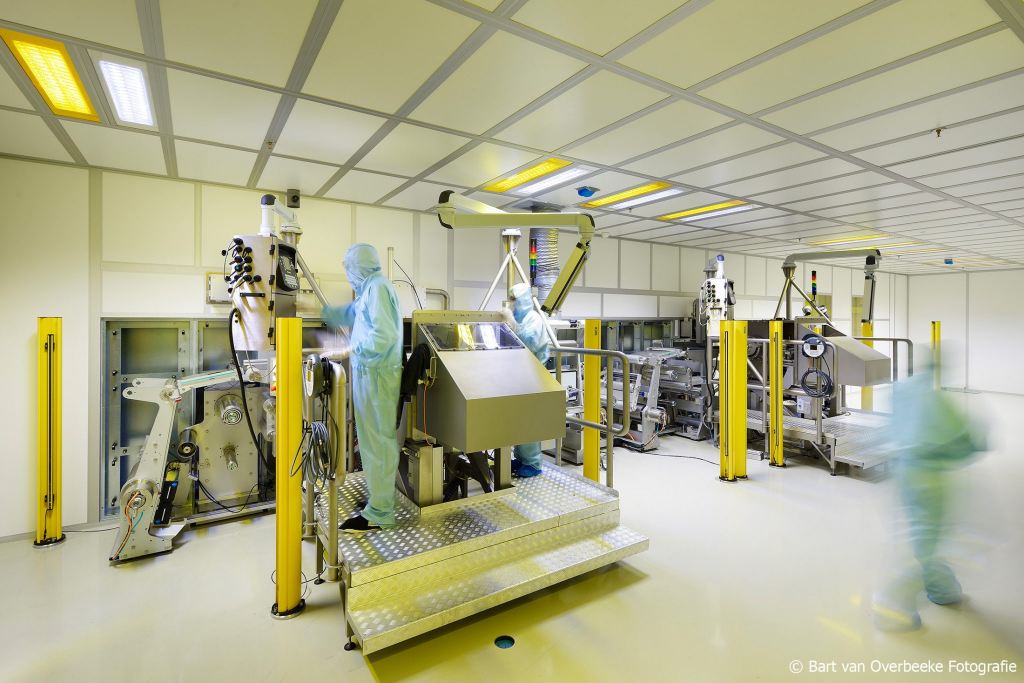
Solliance demonstrated on industrially-applicable roll-to-roll processes for the production of solar cells achieving a record 12,6% conversion efficiency on cell level. This result allows for an accelerated market introduction of this attractive new source of renewable energy.
The roll-to-roll (R2R) process was developed for both the electron transport and the perovskite layers on the new Solliance dual R2R coating line. The in-line roll-to-roll coating, drying, and annealing processes were executed at a linear speed of 5m/min on a 30-cm wide commercial PET/ITO foil and under ambient conditions. All process steps on this roll-to-roll line were performed using low-cost materials while keeping the process temperatures below 120 ⁰C, which is indicative of the production potential of this new emerging thin film PV technology.
“The demonstration of R2R processing at 5 m/min of perovskite layers for solar cells indicates that high-volume production, and hence with an expected very low cost, will be possible in the future”, explains Pim Groen, Professor of SMART materials at the Technical University of Delft and Program Manager at Holst Centre/Solliance.
These results also indicate the effective collaboration between Solliance and its industrial partners Solartek, Dyesol, and Panasonic in the development of perovskite-based PV modules. “These results show that the Solliance research partners, with their in-depth know-how on the processing of thin film PV devices and their extensive sheet-to-sheet and roll-to-roll pilot production infrastructure, are excellently placed to realize this upscaling”, Groen says.
Perovskite microcrystals can be used as a material to make high-yielding, thin-film solar cells. They can be processed into thin, light-weight modules that can eventually be integrated in building materials such as windows or curved construction elements.
Solliance – a partnership of R&D organizations from the Netherlands, Belgium and Germany working in thin film photovoltaic solar energy (TFPV) – focuses on using scalable, industrial processes towards the fabrication of large-area modules, eventually suitable for seamless integration in a broad variety of PV systems.
Willem van der Leegte, CEO of VDL – the leading consortium of equipment manufacturing companies that also designed and built the innovative R2R coating line, comments: “I am very pleased with this result. It shows that combining process know-how at Solliance with capabilities of high-tech equipment companies in this region can deliver very powerful results that potentially open up completely new business opportunities.”
Thanks to its high power conversion efficiency and flexible and light-weight nature, thin-film perovskite PV technology is considered as a future key technology for the building-integrated photovoltaics (BIPV) market for many reasons. First, it can be seamlessly integrated in building elements or on curved surfaces and can be made semitransparent. Second, the combination of the industrially-applicable manufacturing processes with Solliance’s proprietary back-end interconnection process allows for the creation of perovskite-based PV modules with any form, shape, and current-voltage output. These properties can enable customized and aesthetic integration of solar modules for infrastructure, building, and vehicle-integrated PV products.
Source: Solliance press release


